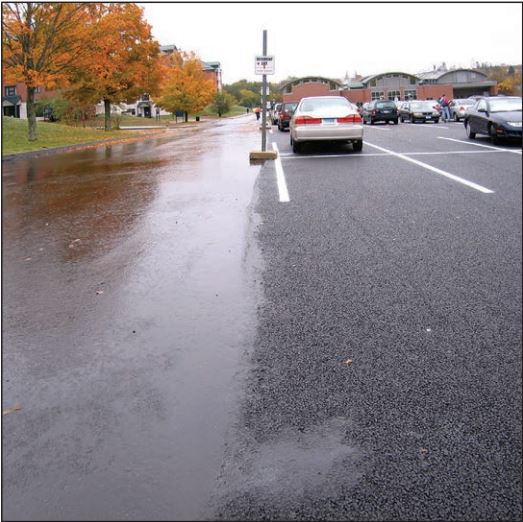As the climate changes, flood-related impacts are rising for communities along the US coast and Great Lakes.
Concern by community planners and other officials is also on the rise, as they look for cost-effective ways to strengthen flood resilience and lessen the financial drain of handling polluted runoff, structural damage, cleanup, and business interruptions.
Green infrastructure appeals to many communities because it provides ways to capture, store, and filter floodwater by using natural areas and man-made systems that mimic natural processes.
However, no one green infrastructure approach will work for all places, because the needs and natural features of each community
differ. This was the take-home message of a pilot study that analyzed how specifi c green infrastructure strategies could lower
the risks of current and future fl ooding in two cities along the Great Lakes – Duluth, Minnesota, and Toledo, Ohio.
The highly urbanized Toledo, Ohio waterfront on Lake Erie and the Maumee River began to consider green infrastructure approaches in 2006, following a major flood.
The NOAA pilot study found that if Toledo would use green infrastructure to lessen peak discharge by 10 percent in the Silver Creek watershed, the economic losses from a 100-year storm would decrease by 39 percent under current precipitation conditions.
These and other fi ndings have given added momentum to local green infrastructure initiatives. Municipal and county staff members,
academia, the private sector, and green infrastructure leaders all have played a part. Influenced by the pilot study results, the City of Toledo and USEPA funded a bioswale project.
Signs have been posted locally that describe how these projects help to reduce runoff and
flooding. Additional pilot studies have been launched to identify future green infrastructure projects. A stormwater utility credits manual was updated.
The city is helping large industries conduct their own stormwater assessments and develop green infrastructure proposals. And a city task force is considering next steps for funding, partnerships, and further outreach.

